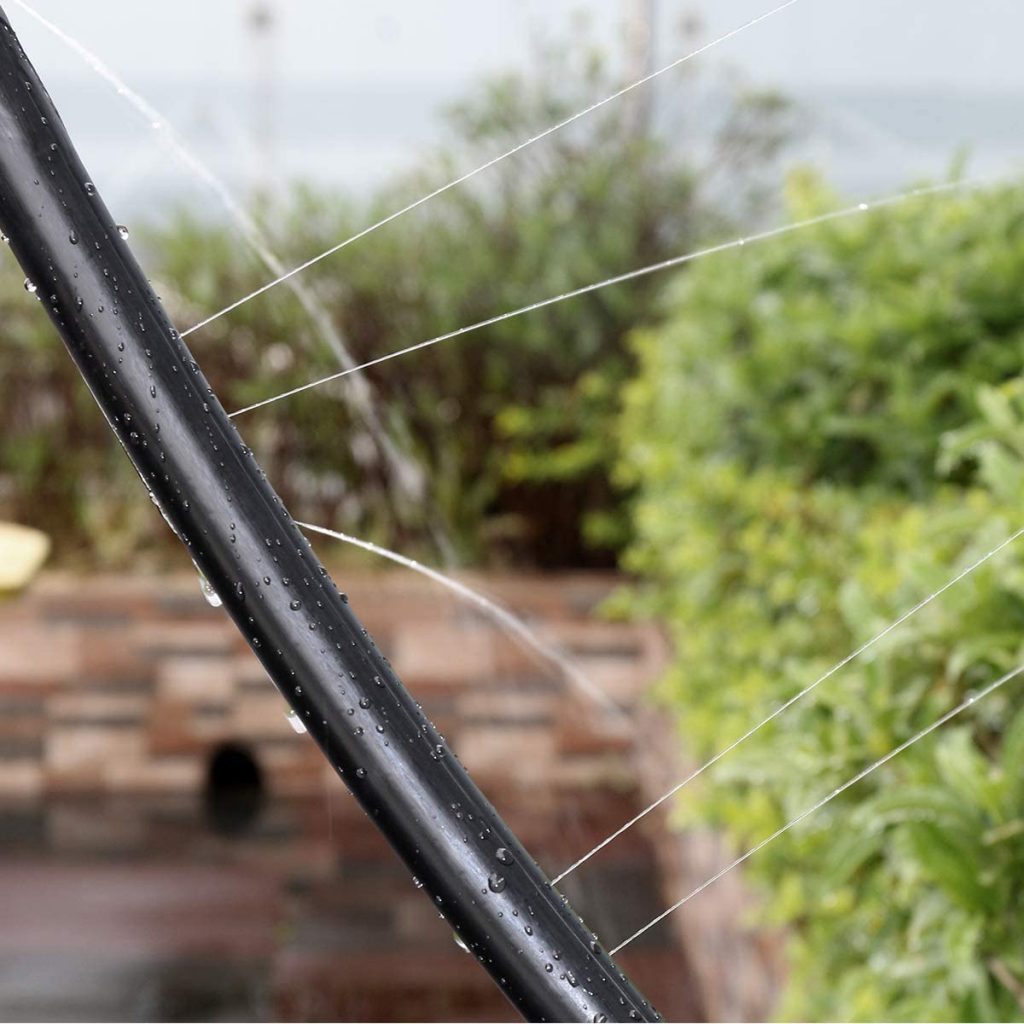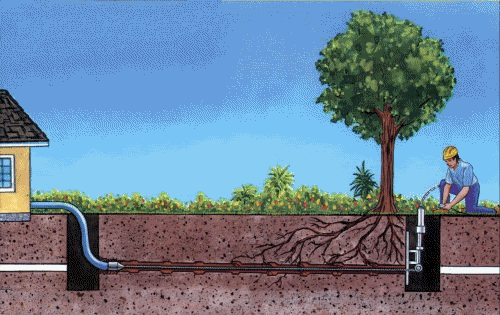Types of garden hoses and their uses
Just imagine getting lots of different types of garden hoses to make your garden look fascinating. Sounds impressive, right?
Hoses are an absolute necessity to almost all gardeners. Basically, hoses are classified as a tool, and it is imperative to select the correct tool to accomplish the task, isn’t it?
To be honest, there is a variety of hoses available, allowing you to choose the best one for you, fulfilling the entire plant and site needs.
If you look at every row for each garden hose, it will be an intimidating task, and there is no doubt about it. But you know what? Buy the most budget-friendly hose for you.
Hoses last for an extended time, and buying the best one makes them more reliable for many users. Nothing can be worse than ending up buying the wrong type of garden hose.
What’s the catch, by the way? Well, we have got you covered with our detailed guide on the type of garden hoses and their uses.
Contents
Garden hoses: Types
Let’s get right into the types of garden hoses available.
-
Traditional garden hoses
Believe it or not, they are all-purpose hoses allowing you to use them for all functions, from watering the entire garden to washing your car and even hosing down a patio.
Moreover, hoses are available in different ranges and with varying lengths of almost 25 to 100ft. Let’s take a closer look!
Vinyl hoses are budget-friendly compared to rubber hoses, but they are more prone to damage and kink up easily.
However, rubber hoses are durable to last for an extended period. The down the line is that they are bulky, making them difficult to carry and store.
-
Flat hoses
Flat hoses look just like a fireman’s hose, and they remain flat until you turn the water on. Such hoses drain incredibly well and are lightweight, making them easy to store.
But wait! Wait! The downside is that these hoses feature vinyl construction, so they are not long-lasting and kink up easily. Furthermore, flat hoses are excellent to use on straight lines rather than around corners.
-
Soaker hoses
Soaker hoses feature recycled rubber and plastic construction, making them porous. Do you know how they work? Let’s dig a little deeper!
They work durably by seeping the entire water into the soil, and here plant utilizes moisture effectively. Most gardeners opt to arrange these hoses permanently while they are camouflaged using a half mulch layer.
If you have uncertain water pressure, there might be a difficulty using soaker hoses, and the sunlight is greatly responsible for damaging hoses quickly. And you know what? These hoses are beneficial for landscapes featuring straight lines.
-
Sprinkler hoses
Have you ever wondered how sprinkler hoses look like? These are actually the perforated hoses designed to send the misty sprat in an area of at least 10ft.
Moreover, the tiny holes need to face towards the work. But wait! Are you getting confused? Consider it this way! You can durably arrange the garden hose with all the holes facing downward, allowing it to resemble more like a soaker hose.
Despite being this budget-friendly, you can’t use a sprinkler hose, especially around the tight spots or plants where it’s impossible to enable the hose to remain flat.
However, they are not designed to use in beds with taller plants or shrubs that deteriorate the spray and don’t allow it to reach lower plants.
-
Coiled hoses
Coiled hoses are undoubtedly an excellent solution when talking about small areas where people prefer hand-water. The hose shrinks back when you are not using it, so it’s comfortable to tuck it away on a balcony or a patio. However, these hoses are quite challenging when it comes to storage.
When buying a coiled hose, consider the garden length as the length is relatively more minor than it is mentioned on the label. You can get the most accessible coiled garden hose without any worry.
-
Pocket hoses
Expandable hoses are primarily known as pocket hoses as they don’t need great space to store and use. And guess what? They can expand up to three times their length when you fill them with water.
Regardless of being a handy option to accomplish lots of small jobs, they are not built to last long. They cannot withstand high water pressure and rupture easily. They cannot overcome direct sunlight.
-
Soak and spray hoses
Such hoses are ideal for gardeners who want to water their garden and also desire to control the flow rate and direction of water coming out from the hose. They are blend hoses allowing the hose to be used as different hoses. It also enables the water to spray out gently.
Moreover, the excess water present in the hose drain out quickly through the entire holes ensuring high absorption into the plants and the ground.
- Precoiled polyurethane hoses
Quite simply, these hoses are incredibly stretchy, especially for quick watering the plants, whether in s greenhouse or a veggie garden. Moreover don’t store the hoses in a heap as the coils can tangle into each other.
Garden hoses: Uses
Garden hoses offer a variety of uses, isn’t it? They are typically used to transport water for various functions, like taking care of your lawn and using it for different landscaping purposes.
Furthermore, you can use hoses for outdoor cleanings like building exteriors, vehicles, animals, and different equipment. Some NSA-approved garden hoses are reliable to use for connecting the drinkable water, especially to trailers.
You will find specific uses for a particular garden hose, and that’s undoubtedly beneficial for many users. Here’s a list of the most accessible services offered by garden hoses.
- Sprinkler hoses are usually fixed on one side, and water goes out from tiny holes over the hose. And you know what? They are designed to use for planting beds along with watering your lawns.
- Soaker hoses feature porous material allowing the water to seep slowly into most of the newly planted plants’ soil.
- Flat garden hoses are specially designed for easy storage.
Do you want to use hoses for extended periods? Probably yes, and to accomplish it, you have to follow a few tips. Here’s a list of the tips you must follow:
- Store hoses in the absence of direct light.
- Between uses, go for draining and coiling the hoses and store the hoses by hanging them reliably.
- You should not allow the hoses to remain kinked as it may result in a weak spot, especially on the hose.
- Moreover, drain or store the hose in your garage during the winters.
- Don’t leave the hoses to the layout where you can make them tripped on.
You would get the most adventurous experience in using a garden hose if you followed all the tips reliably.
The Bottom Line
Not all garden hoses are equally created, isn’t it? Hoses are specially designed for multiple uses, and getting a proper garden hose is no more than a treat, trust me.
Garden hoses are a great deal for many users as you can use them for lots of reasons such as watering plants, washing vehicles, and even for watering livestock.
After reading this article, we hope that you will come to know the different types of garden hoses and their uses to get the most accessible experience.




